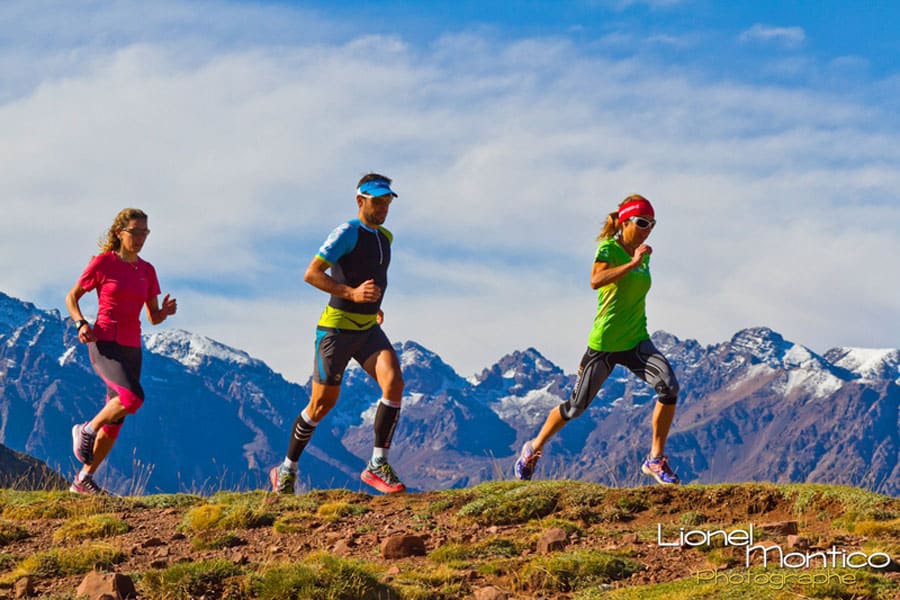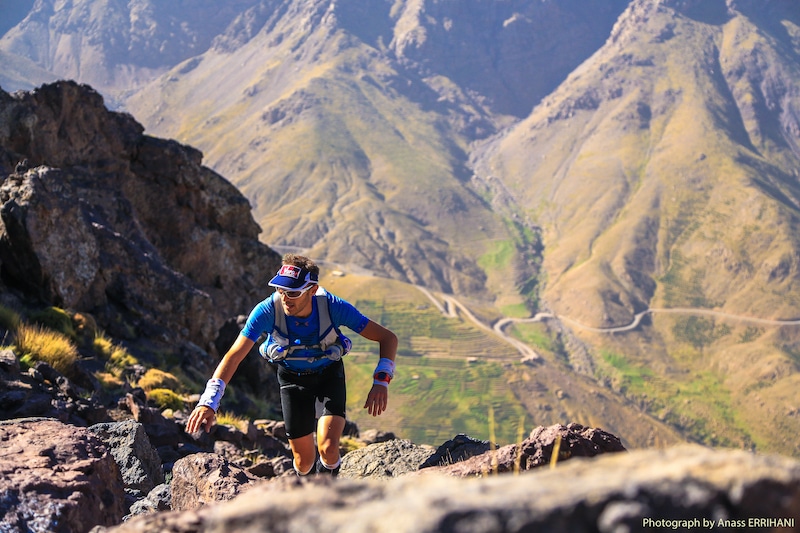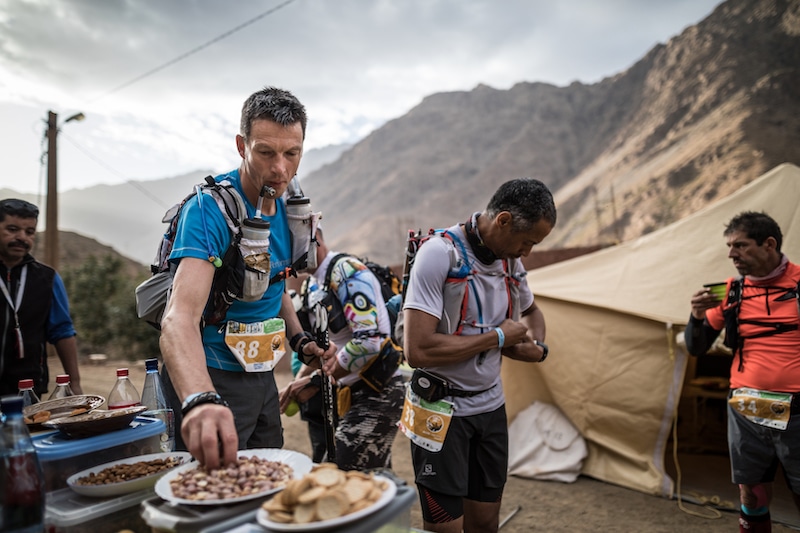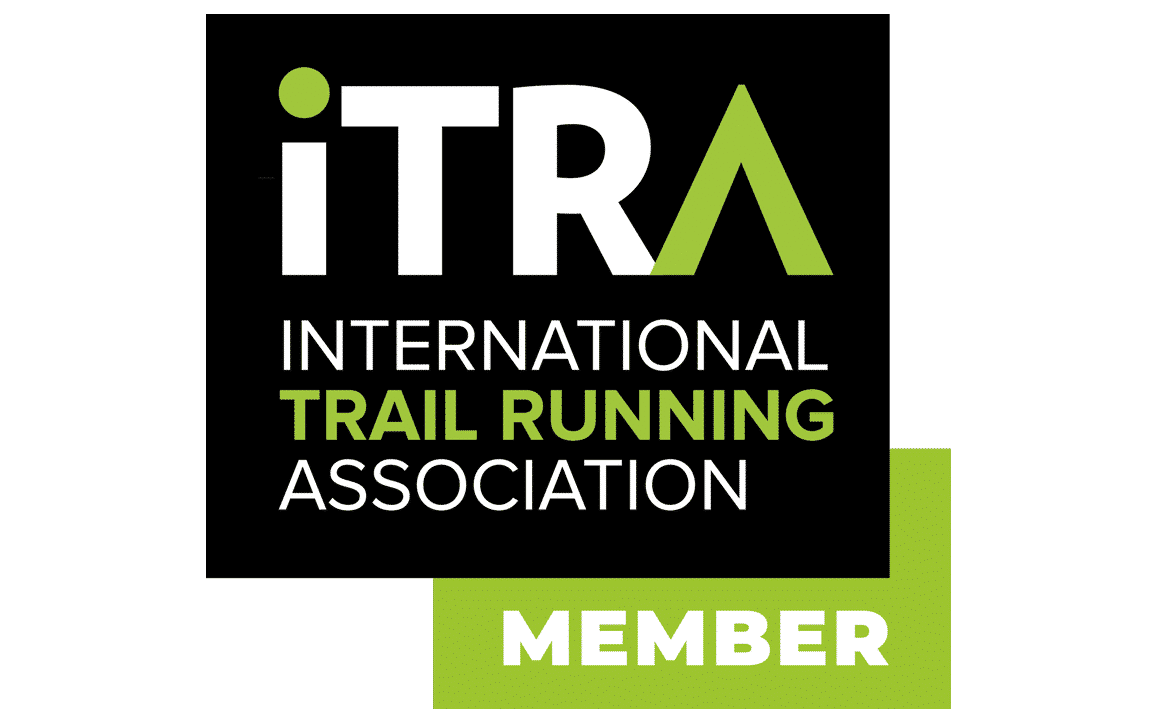Ultra Trail performance factors
Performing in ultra-trail is relatively simple and can be summarized in two capacities:
Run fast
Run for long
More seriously these two capacities can be replaced by a VMA index for the first and an endurance index for the second.
- The VMA : simply put, the VMA represents an intensity you can hold for 6 minutes. In the case of an ultra-trail, we should say VMA climbing speed (the ascent made in 6 minutes will depend on the runner’s capacity, the incline and the terrain), a classical VMA on flat ground and the downhill speed (here we don’t talk VMA, since in physiological terms the aerobic system is not operating at full speed). A runner who performs well according to our first indicator is capable of running quick uphill, on the flat and downhill.
- Our second indicator, what we call the endurance indicator, represents a runner’s capacity to maintain a high percentage of VMA during the length of the race. It is important to note that female runners generally perform better in terms of physical and mental compared to male athletes.
This indicator will call for different physiological qualities depending on the terrain :
- Uphill, the main aspect is energy : as long as I eat properly, I will fuel the machine sufficiently to be able to keep a descent pace uphill. Provided I have a reasonable pace and I do not “burn” my glycogen in the two first hours. As fatigue develops, it is normal that uphill speed decrease slightly.
- Downhill, the main aspect is the muscular. The contractions in the quadriceps to slow down (eccentric contractions) are deconstructing for the muscles. If the downhill training has not been sufficient, pains appear and running becomes painful or even impossible, things will get really tough!
- On the flat : the capacity to run fast is a mix of both indicators : energy and muscles.
In the end what will determine your performance is, of course, the weakest of the elements mentioned above: if 5 hours into the race you walk in the downhills due to muscle pain, your initial speed is no longer of any help. If you have stomach problems and cannot eat anymore and your feet are covered in blisters, your initial capacities are a long-gone souvenir.
This is why you should analyze your current capabilities, identify those that will be limiting and schedule a training program to improve them.












